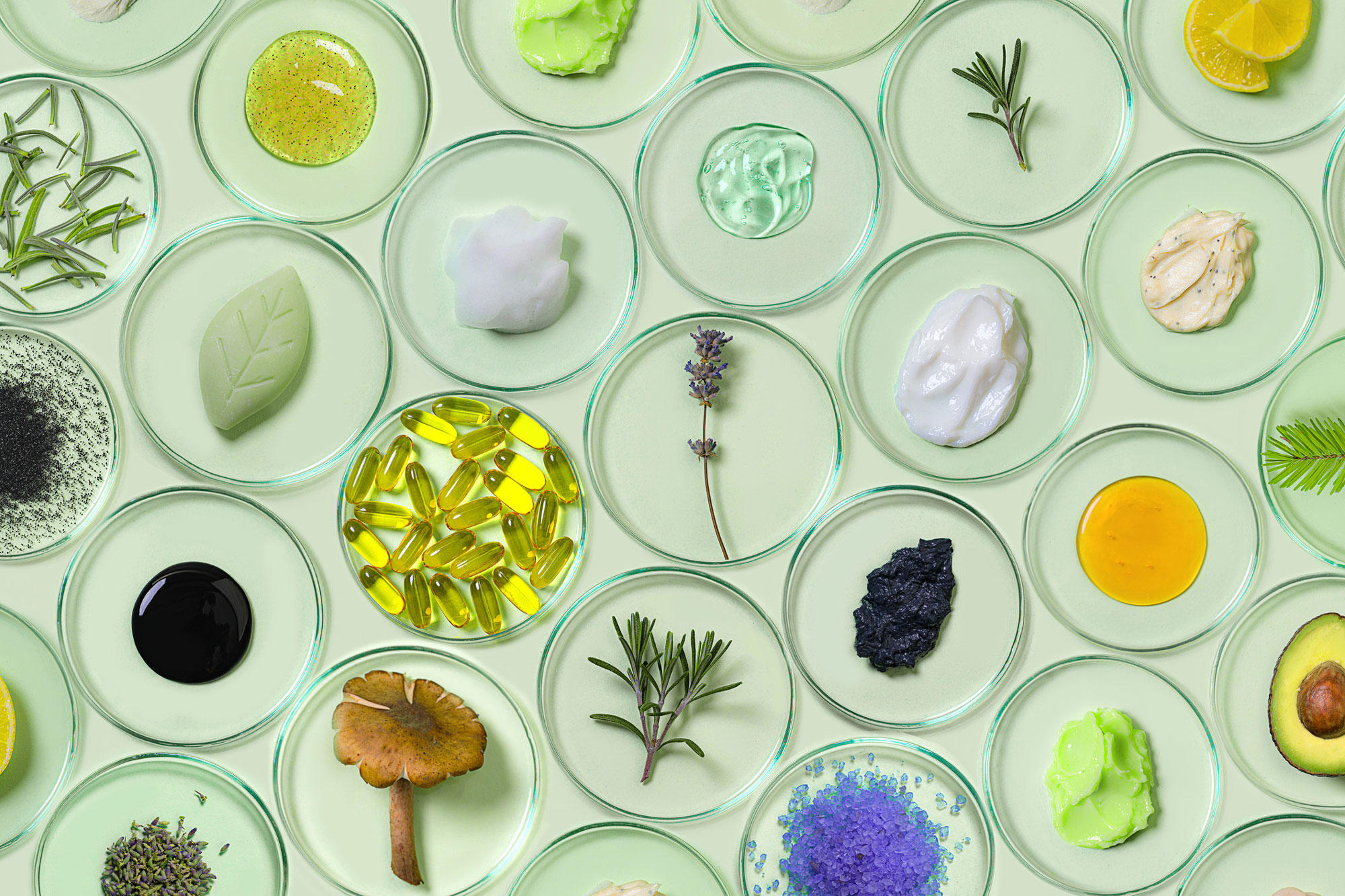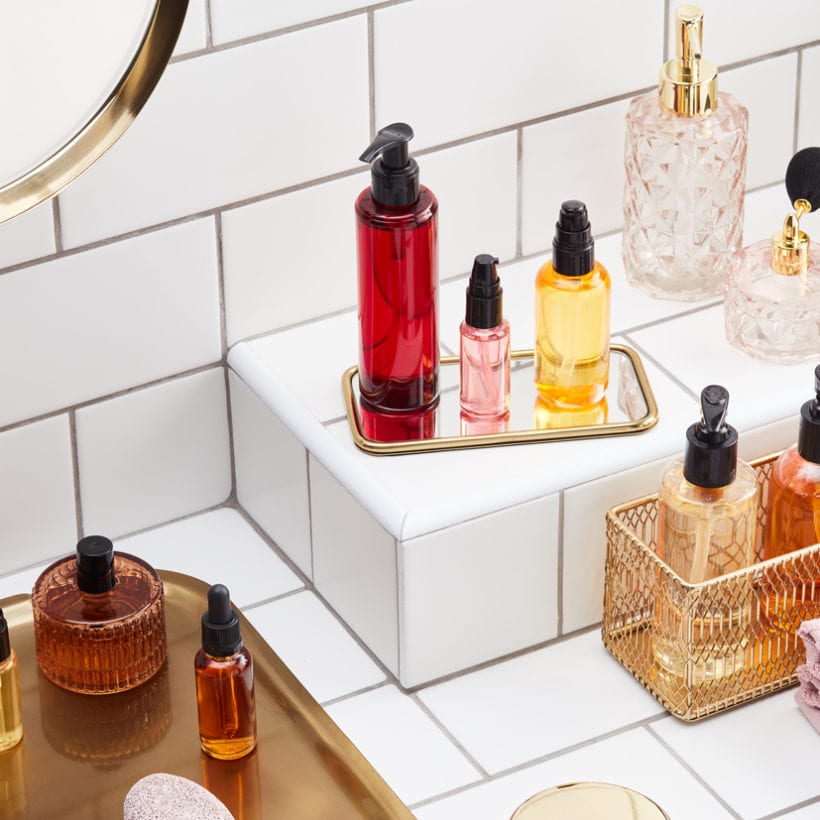Finding the right skincare routine is tough enough without trying to interpret all the ingredients on the label. But, because understanding what we’re slathering on our bodies is just as crucial as knowing what we put in them, we asked our experts to break down the basics of decoding our skincare ingredient labels. By understanding what’s in your products and the concentration of the ingredients you’re using, you can also figure out the root causes of skin issues like irritations or allergies. In addition to having your dermatologist look at any new product, you implement into your routine, understanding your ingredient labels will arm you with the knowledge to make the best decision about your products. Here, we learn about how to detect marketing jargon, what it means to have active versus inactive ingredients, and how to avoid potentially irritating formulas.
Meet the Experts
Yashi Shrestha director of science & research at Novi
Ginger King a cosmetic chemist and president and CEO of Grace Kingdom Beauty
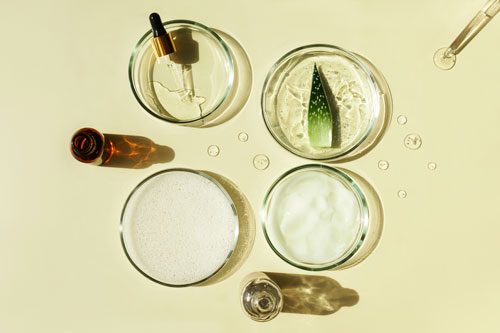
Ingredient Order
No matter the type of skincare product, every single one that takes up space on a retailer’s shelf must include an ingredient label that divulges what’s inside it. Ingredients exceeding one percent in the formula must be in descending order, with the highest concentration listed first, says Yashi Shrestha, director of science & research at Novi. The more dominant an ingredient’s presence is on the label, the more of that ingredient is in the specific product. The first five ingredients at the top of the list are the bulk of the formulation and usually are of the most significant concentrations, she adds. For those who want skincare products that pack a powerful punch — or want to know if allergens and irritants are in high concentrations — the first five skincare ingredients on your label are a good place to start investigating.
Different ingredients have recommended-use levels. For example, many “hero” ingredients may be active at lower concentrations, including anything that’s one percent or less. Technically, a brand can list anything below one percent the way they want, followed by preservative, fragrance, and color shares Ginger King, a cosmetic chemist and president and CEO of Grace Kingdom Beauty.
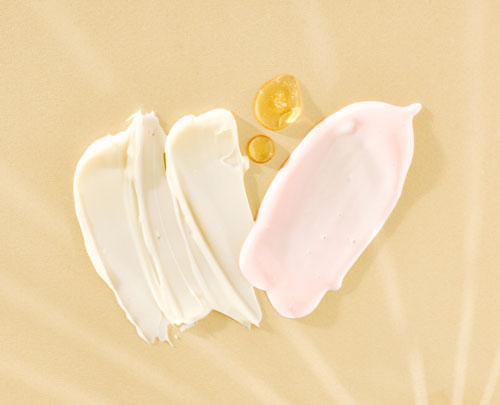
“Ingredients present at less than one percent can appear in any order, and color additives can show in any order after those other ingredients.” Also, if the cosmetic is a drug or an OTC (over-the-counter) product like sunscreen, then the company must always declare the active ingredients first (more on actives below). “Unless it is an OTC drug, companies usually do not list active ingredients separately, as you see on sunscreen and acne treatments because these are drugs,” King explains. “When using active ingredients in cosmetics, they are usually in the form of botanical extracts or peptides,” she shares.
Unfortunately, not every brand follows this protocol, although most do since the FDA suggests ingredient labeling. And as far as fragrances and perfumes go, no hard and fast rule says a brand or company must fully disclose them. Although, in this new day and age of transparency, plenty of beauty brands want to do right by the consumer and therefore divulge every single ingredient in the formulation.
More Doesn’t Always Mean Better
Just because an ingredient is not in the first five ingredients on the label, it does not mean it is ineffective. Numerous ingredients can positively impact the skin, albeit in lower concentrations. For example, some ingredients, like retinol, are so powerful that they work wonders even at a lower concentration. Retinol usually isn’t available higher than one percent, which is might even be too intense for some people. “Retinol can be irritating, so you are less likely to see it as in the top five ingredients unless it’s encapsulated,” says King. It can also depend on how the ingredient is carried in the formula (for instance, an oil-based product can carry an active ingredient into the skin differently than a water-soluble serum).
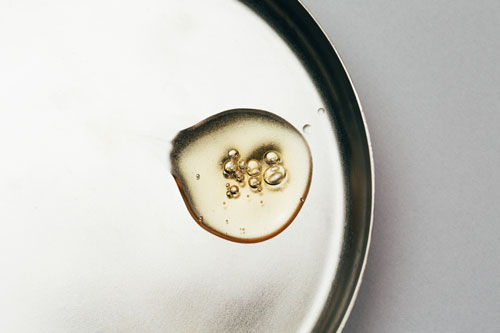
“The FDA does not require the companies to disclose the concentration; therefore, it is not possible to decipher the concentration just by looking at the label,” says Shrestha. “However, some brands print the ingredients above 1% in bold, which can be a good indicator,” she adds.
But beauty brands don’t always make it so cut and dry. “Brands usually will tell consumers about high concentrations if they want to make it as a selling point,” says King. “However, more is not necessarily better because we can only absorb a certain amount of active ingredients as we have skin barrier to protect us.”
Actives vs. Inactives
Every ingredient listed on an ingredient deck serves a purpose, but some have more skin in the game than others — those are the active ingredients. Shrestha says the term active ingredient is for ingredients known to provide benefits when used at the recommended levels for purely cosmetic products. “They often have clinical studies or substantiation studies to support the claims that they can make about the product, for example, nourishing, long-lasting, hydrating, etc.”
On the other hand, ingredients are inactive if they do not have the primary function yet play more of a supporting role. Inactive ingredients are necessary to allow active ingredients and the entire formulation to function. Fatty alcohols, like cetyl alcohol, stearyl alcohol, or polymers, are structural ingredients and are considered non-active ingredients. “These are more for helping the product to feel smooth or make the integrity of the formula be a solid, mousse, gel, or balm format,” King adds.
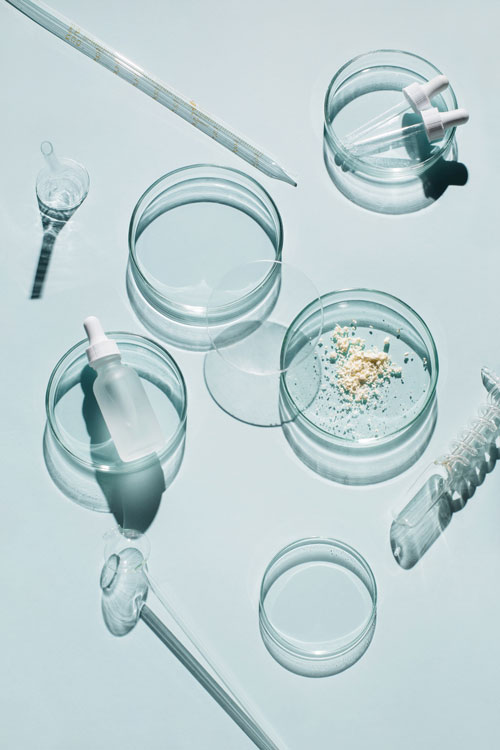
So why do inactives need to be disclosed if they don’t necessarily provide the main benefit? Again, it goes back to transparency for the consumer and labeling guidelines. Knowing what’s an active and an inactive ingredient is essential since each serves a purpose, and you want to be sure that this blend of ingredients works well with your skin.
Marketing Ploys
The FDA imposes labeling guidelines that most brands, especially the industry giants, follow. However, King says that you may find an indie brand putting whatever they want to romanticize the product label, which is considered misbranding and can warrant a letter from the FDA every once in a while. “We often see this with more of the natural brands who are putting the word ‘organic’ in front of the word botanical,” she says. “When it comes to an ingredient name, it is what it is — water is water, not purified water, or mountain water, or spring water.”
As far as product claims, like logos and symbols that depict being ‘free’ of something, King shares that many of them are for marketing purposes to differentiate one brand from the next. That’s not to say that they aren’t good and reasonable claims, but it’s a case of buyer beware. “If consumers only want awards-winning or vegan or organic products, they tend to look for the seals as a way to help them navigate through thousands of products. So, all the certifications seals are also a marketing game. They do not necessarily add to the consumer benefits,” she adds.
Red Flags for Irritants
For those with easily irritated, reactive, or sensitive skin, the wrong mix of ingredients can be a disaster and the cause of a rash or an allergic reaction. And that’s just one of many reasons it’s vital to know what’s in your products and if they are compatible with your skin. For example, King says that some people are allergic to ingredients like lanolin, and seeing it stated on the label is essential to avoid a problem. “Another way is looking for claims saying allergy-tested,” she says. “A brand cannot blindly put this claim out there without a 50 person RIPT [a Repeat Insulin Patch Test] via an independent clinical lab.”
The average person probably can’t differentiate between what’s irritating and not based simply on the name of an ingredient. “If you are a trained scientist, you may be able to look at an ingredient name and identify whether it has irritation potential, but a typical consumer may not be able,” says Shrestha. “Furthermore, everyone’s skin is different, and different ingredients may be irritating to some and not to others.”
